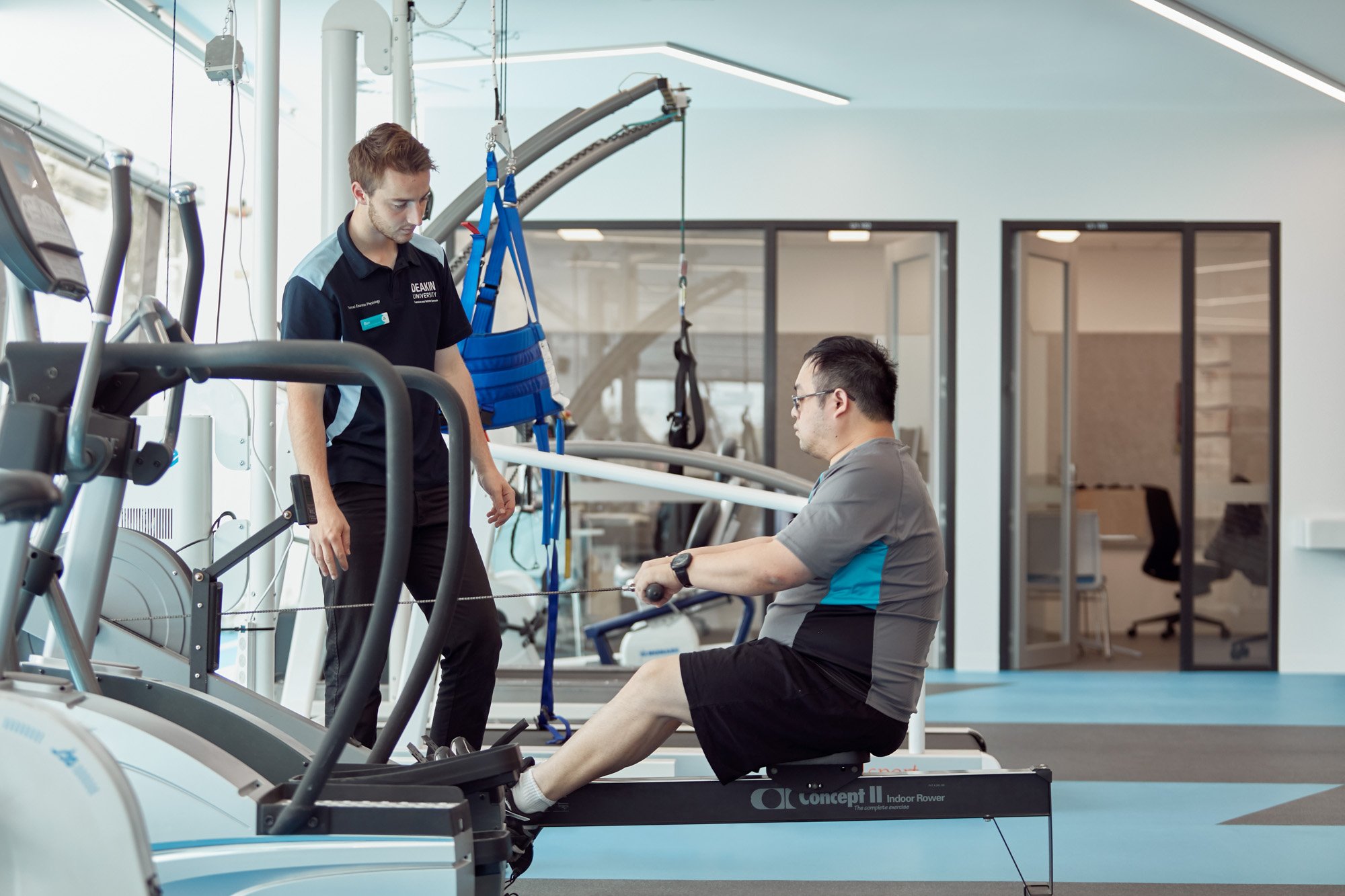
What exercise is best for chronic low back pain?
Back pain is the greatest cause of disability and lost productivity worldwide. Back pain generates significant financial costs for society in developed countries, such as the USA, Japan, Europe and Australia (e.g. US$80 billion per year in direct and indirect costs in the USA). Chronic low back pain (i.e. ≥12 weeks duration) presents the greatest challenge as it generates the greatest proportion of economic burden due to back pain and affects 20% of the global population. Of these, approximately 90% of cases of chronic low back pain are non-specific, meaning that a definitive diagnosis that is agreed upon between clinicians cannot be made.
Our research aim was to identify the effectiveness of specific exercise training modalities in adults with non-specific chronic low back pain. Our review was published in the British Journal of Sports Medicine, and followed by an infographic, which provides a summary of our findings.
Current treatment recommendations for non-specific chronic low back pain include exercise (high quality evidence), manual therapy (low quality evidence) and psychological therapies (moderate quality evidence). There are a number of different modes of exercise training, however prior reviews concluded that there was no evidence that any particular mode of exercise was more effective than another for non-specific chronic low back pain. We overcame these limitations by using methods that incorporate data from studies that do not necessarily have the same kind of comparator groups.
These modalities were also compared to ‘true control’ (i.e. no intervention) and non-exercise treatments, such as treatment where the therapist provided ‘hands-on’ treatment (e.g. massage, manual therapy) or ‘hands-off’ treatment (e.g. education, general practitioner management).
Collectively, 89 studies and a total of 5578 patients were included. For improving pain, there was evidence that Pilates, aerobic and stabilisation/motor control exercise training were optimal. For improving physical function (reducing disability) there was evidence that stabilisation/motor control and resistance exercise training were the most effective. For improving mental health, there was evidence that resistance and aerobic exercise were best.
Few studies examined trunk muscle strength, trunk muscle endurance and analgesic pharmacotherapy use, making it difficult to compare the effect of different exercise modalities on these outcomes. Future studies examining these outcomes are warranted given the importance of considering these variables during the management of non-specific chronic low back pain.
Future studies examining these outcomes are warranted given the importance of considering these variables during the management of non-specific chronic low back pain. It is also important to consider that exercise does not happen in isolation. When an individualised approach is prescribed, a person with non-specific chronic low back pain can improve confidence in movement and address functional deficits concurrently. Understanding of the biopsychosocial aspects of (chronic) pain is important for all clinicians managing people with non-specific chronic low back pain.
We expect that there is no one particular kind of exercise that is ‘the best’ for non-specific chronic low back pain. Rather, we interpret our findings to mean that a range of active exercise therapies are most effective for non-specific chronic low back pain. Our interpretation is that active exercise, where a patient is progressed through a program guided by an appropriately trained clinician (e.g. accredited exercise physiologists in Australia), is likely more effective than passive modalities for reducing pain and improving function. Although some modalities showed greater benefits than others for improving pain, physical function and mental health respectively, an approach that considers individual needs and preferences is likely the best form of exercise training for non-specific chronic low back pain.
CLINICAL EXERCISE PHYSIOLOGISTS AT DEAKIN CLINICAL EXERCISE CENTRE
Accredited exercise physiologists are tertiary qualified allied health professionals who specialise in the prescription of exercise for a range of chronic and complex conditions. They are trained to prescribe exercise that is client-centred and considers an individual’s physical, psychological and social health factors which may impact their health condition.
The Clinical Exercise Centre at Deakin University (DCEC) in Burwood supports the local and broader community through the provision of exercise physiology services in the student led clinic. The students, under the direct supervision of experienced accredited exercise physiologists operate the clinic as part of their studies in the Masters of Clinical Exercise Physiology course. Clinical exercise services are conducted face-to-face and via a range of telehealth platforms, at low cost to clients (or funded through compensible schemes).
Students in DCEC implement evidence-based best practice treatment informed by current research and taught by academic clinicians within state of the art facilities. The clinic operates throughout the year and is part of the School of Exercise and Nutrition Sciences; the number one ranked sports science school in Australia. For inquiries or to book an appointment with a DCEC clinical exercise physiologist, phone 92445442 or email [email protected].
Research by Dr Patrick J Owen* (@PatrickOwenPhD), Dr Clint T Miller*, Niamh L Mundell*, Simone JJM Verswijveren*, Scott D Tagliaferri*, Prof Helena Brisby, A/Prof Steven J Bowe & A/Prof Daniel L Belavy*
*IPAN full or student members
Click here for more information about Deakin IPAN’s research into physical activity and nutrition or follow us on Twitter @DeakinIPAN